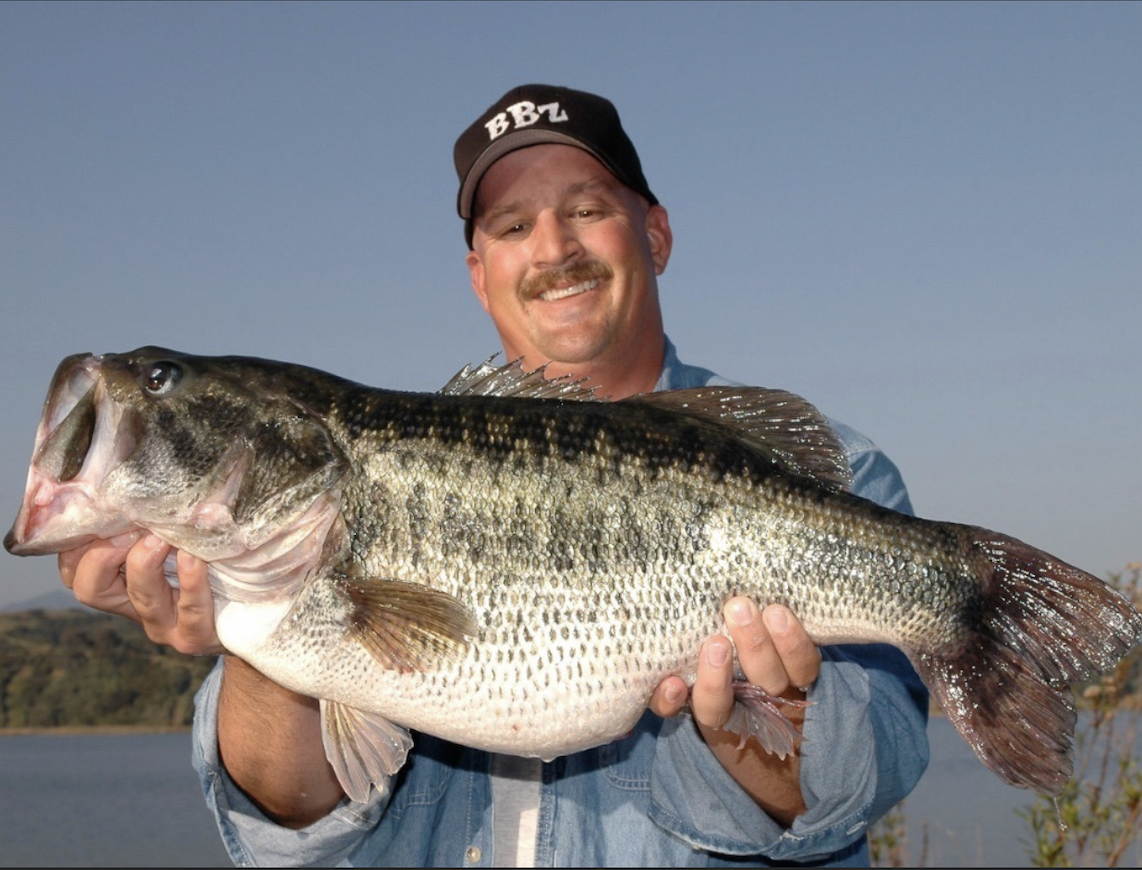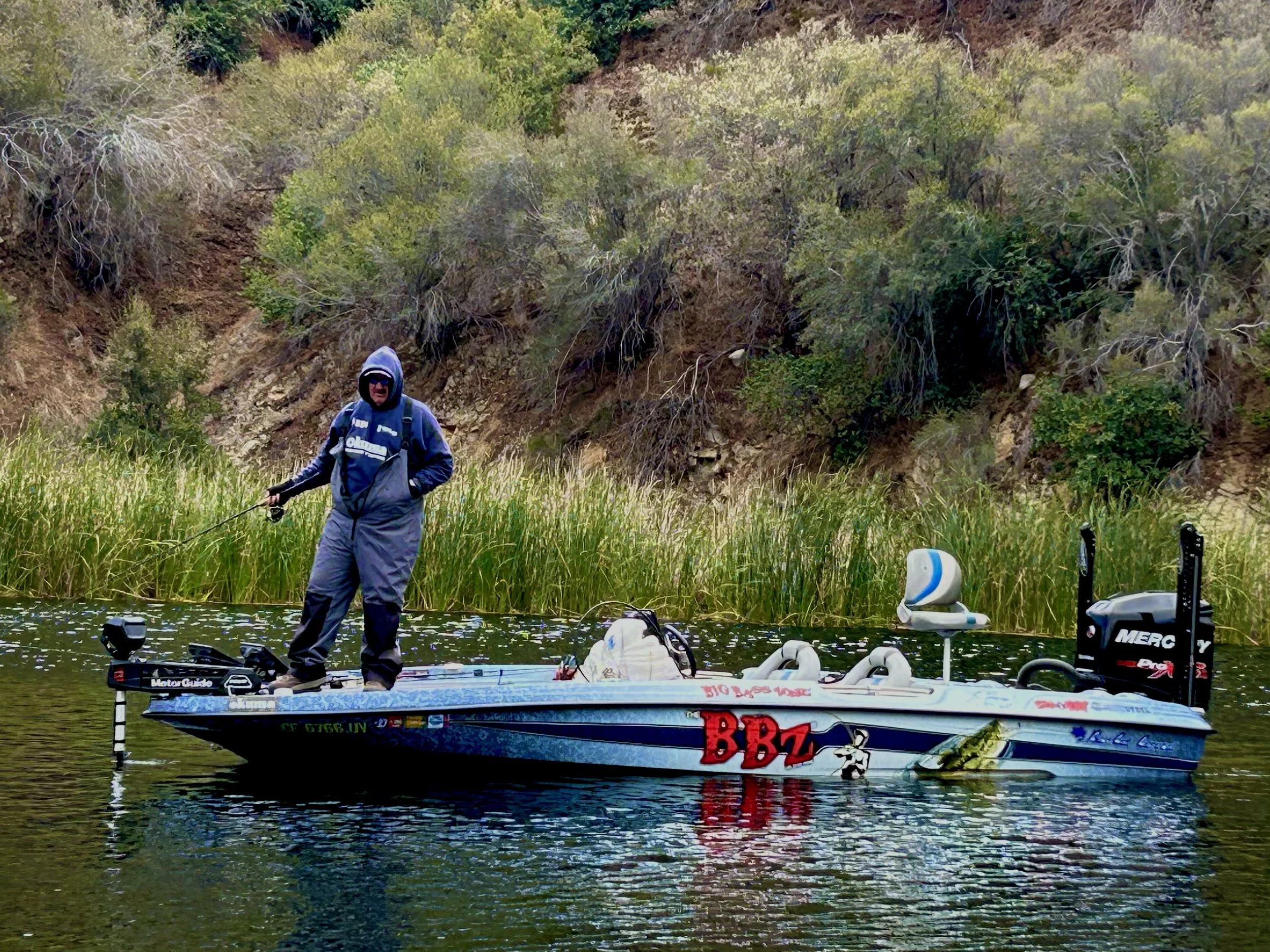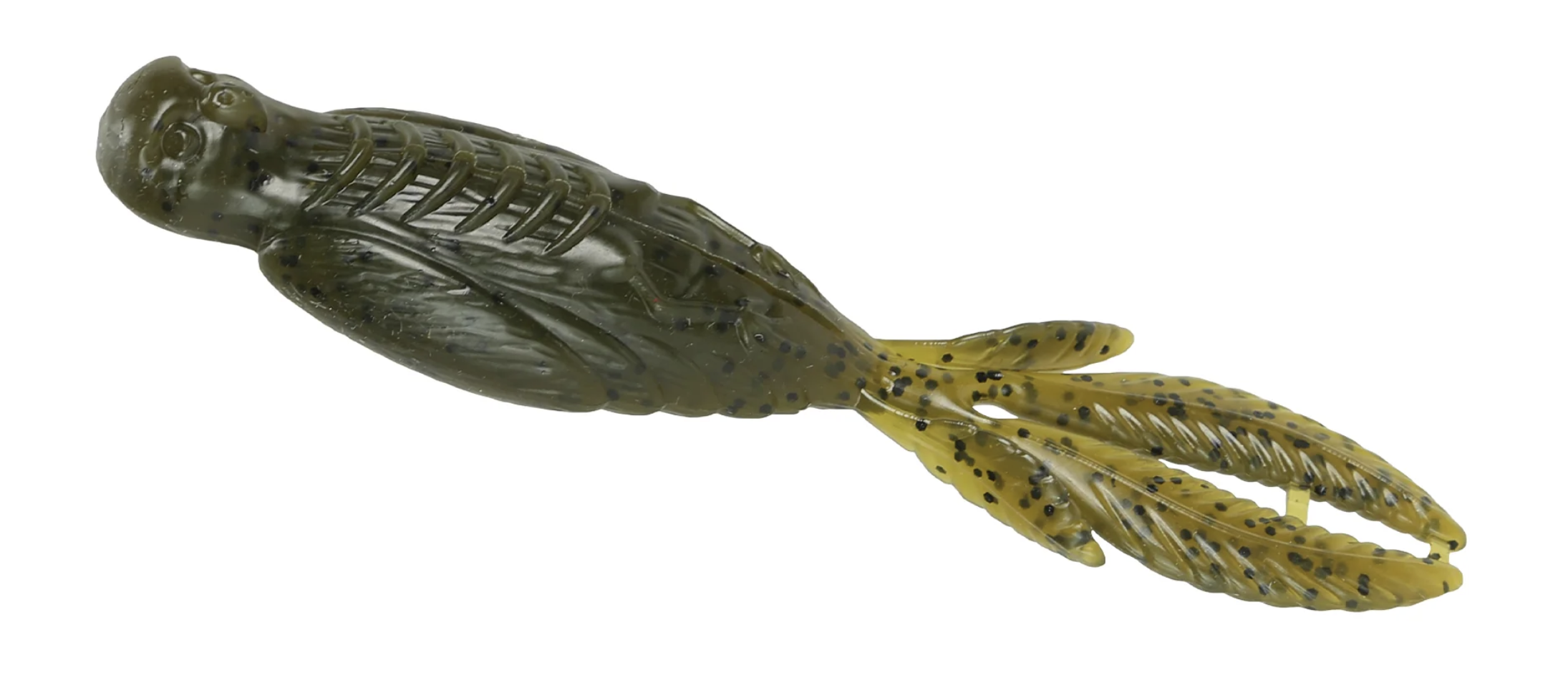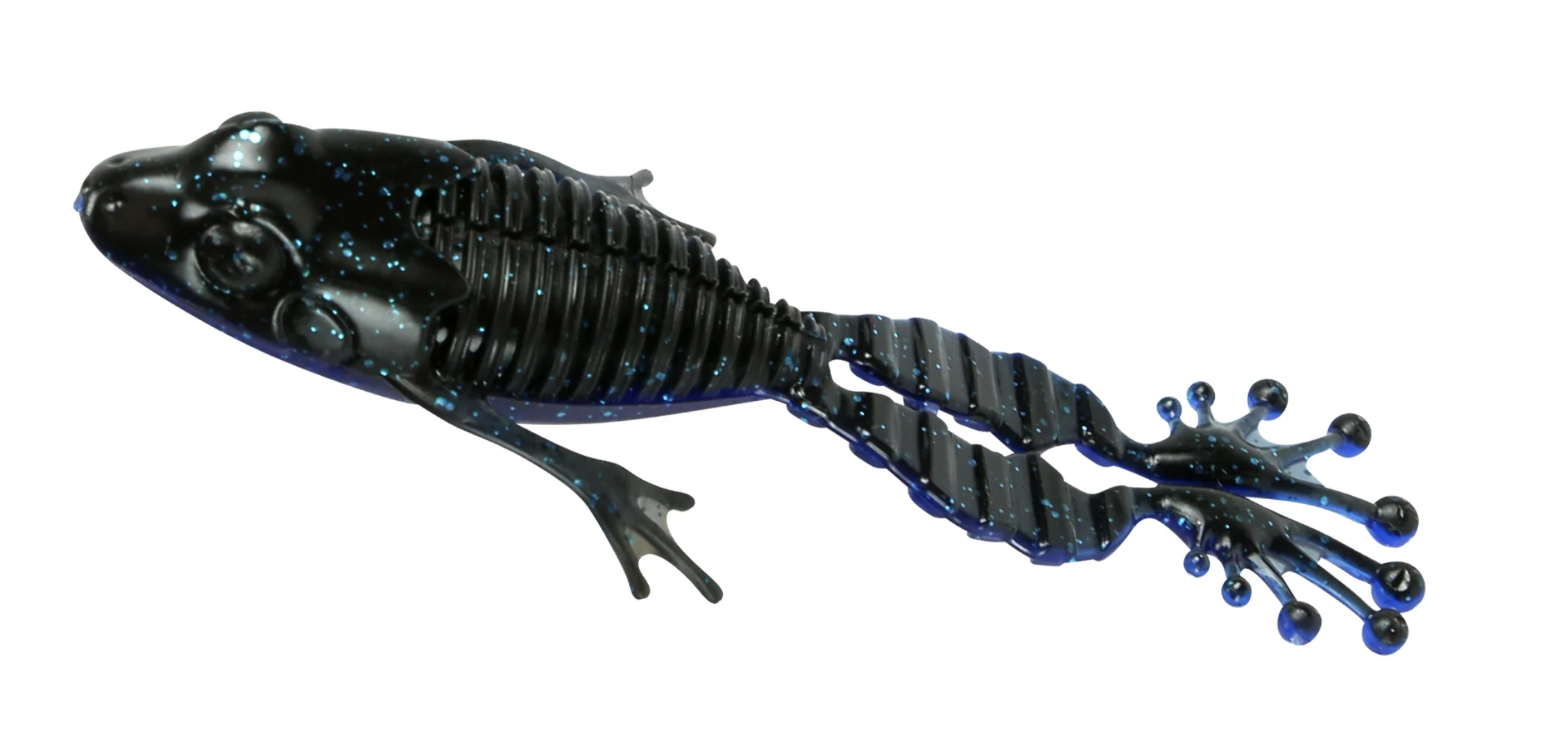Unlock the secrets of bass behavior with Bill Siemantel's FishLab Tackle
Matching the Hatch: Why FishLab’s Nature Series Soft Plastics Catch More Bass
The line slices through the still morning air with a faint hiss, landing with a soft plop next to a submerged grass line. For the tenth cast, nothing. Then, on the eleventh, a switch—not just in location, but in understanding. The angler swaps a generic worm for a FishLab Nature Series Flutter Nymph in Green Pumpkin. One twitch, two twitches… the line goes heavy, and the rod bends into a powerful, surging fight. That moment of connection isn’t luck; it’s the Science of the Strike. It’s the result of deciphering the complex puzzle of seasonal patterns, understanding forage, and presenting a lure that doesn’t just look real but moves and behaves like the real thing.
Across the US, from the sprawling flats of Lake Okeechobee to the deep, clear waters of the Great Lakes, bass are governed by one immutable law: the seasonal migration of their food. Weather, water temperature, and light conditions dictate the movement of baitfish, crawdads, and other forage. Your success is directly tied to your ability to "match the hatch" with an unparalleled level of precision. This is where FishLab Tackle, born from the innovative mind of award-winning designer Bill Siemantel and the Big Bass Zone (BBZ) philosophy, changes the game. By combining cutting-edge lure design with advanced angling knowhow, we provide the tools and the knowledge to catch fish consistently, year-round.
How To Locate Bass From California to Florida
You can’t catch them if you can’t find them. Seasonal patterns are your roadmap.
Pre-Spawn & Spawn (Spring): As water temperatures climb into the 50s and 60s (F), bass move from their deep winter haunts to shallow, protected bays and flats that warm fastest. They are staging on secondary points, near spawning coves. Target them with slow-moving baits like the Nature Series Kickin' Craw dragged along the bottom.
Post-Spawn & Summer: After the spawn, bass are exhausted and often suspend in moderately deep water near their spawning areas before moving to main lake structures—ledges, humps, and deep brush piles—where they chase schools of shad. This is prime time for the Nature Series Soft Swimbait and the Darting Swimmer imitating fleeing baitfish.
Fall Transition: The cool-down triggers baitfish to move shallow, and the bass follow in a feeding frenzy. Focus on shallow cover, points, and wind-blown banks. Topwater action explodes, making the Nature Series Topwater Frog a deadly choice.
Winter: Metabolism slows, and bass school up in the deepest, most stable water available—often on primary points and river channel ledges. They won’t move far for a meal, so a slow, finesse presentation with the Flutter Nymph on a Ned rig is often the key.
What Forage Is The Key Factor For The Time of Year
Understanding the "what" is just as important as the "where."
Spring: Crawfish are a primary protein source for pre-spawn bass building energy. Bluegill and other sunfish also become active in the shallows.
Summer: Shad and other baitfish species form massive schools in open water, becoming the main course for opportunistic bass.
Fall: Baitfish are still paramount, but bass also key in on young-of-the-year perch and other small fish fattening up for winter. Don't forget the Cover Bird; young birds learning to fly often end up in the water, providing an easy meal.
Winter: Slower-moving forage like nymphs, juvenile crawfish, and dying baitfish are the primary targets. A subtle, easy meal is what a lethargic bass wants.
The Best Techniques and Lures To Target Seasonal Bass
Matching the technique to the season and forage is the final step.
Spring: Flipping and Pitching to heavy cover with creature baits like the Flippin' Frog or Kickin' Craw. A slow, methodical retrieve is key.
Summer: Swimbaiting on offshore structure with the Nature Series Soft Swimbait in 4.5" size to mimic large shad. Topwater early and late with the frog over matted vegetation.
Fall: Reacting Baits like the Darting Swimmer, worked with sharp twitches to imitate a panicked baitfish. Also, punching with the frog in remaining grass.
Winter: Vertical Finesse techniques with the Flutter Nymph on a light jighead or Ned rig head. Dead-sticking is often the most effective retrieve.









